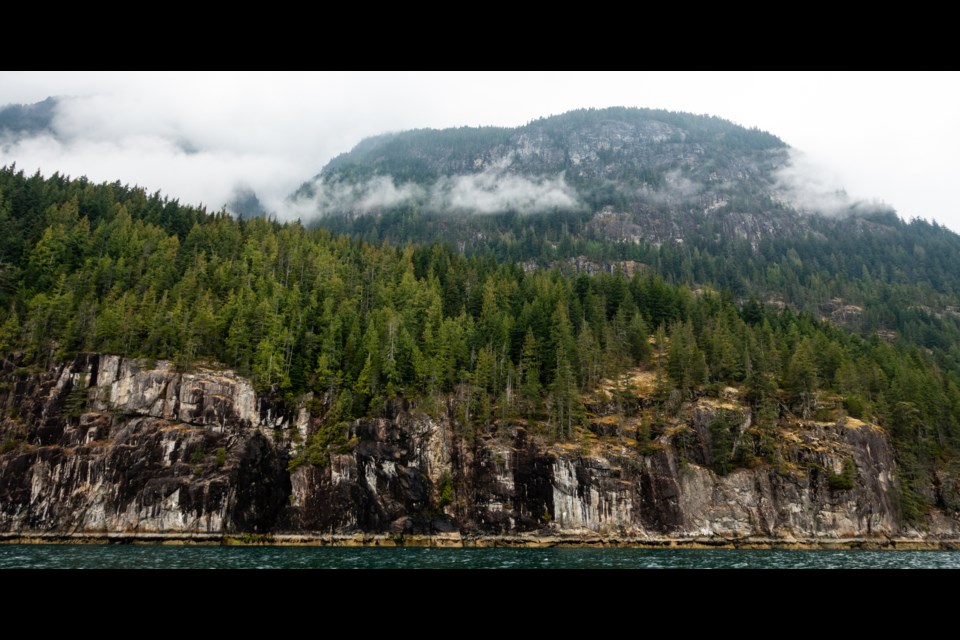Wildfires have been top of mind for most British Columbians this summer, due to unprecedented evacuations and community disruption due to fires coming into close contact with houses and buildings.
Climate change, human activity and lightning strikes combined with heatwaves and dry winds have exacerbated conditions across the province.
Although wildfire activity does happen on the northern Sunshine Coast, the qathet region has been fairly resistant to major disasters. Environment Canada recently reported that the region has been blanketed in smoke haze from the Northwest Territories.
“In general it's not as extreme [in qathet Regional District] as the Interior of BC, because we have more humidity here and our forest is a little bit different,” said qRD FireSmart coordinator, Marc Albert. “The other thing that’s good about the qathet region is where we chose to build our communities; a lot of us are propped up against the coast, and in general we are pretty well geographically situated.”
Albert emphasized that fire likes to travel uphill and is wind driven, so where we choose to live, and what we choose to grow outside our homes can make an impact on fire behaviour.
According to qRD’s Firesmart program: “By choosing to extend communities into forested areas, we become more exposed to the danger of wildfire, however, it is possible to reduce potential wildfire impacts on our homes by following some basic principles.”
A big part of the program is home assessments.
“People who are contacting me are concerned about wildfires and impacts to their property,” said Albert.
He stressed that native to BC conifers such as big Douglas fir trees are great for mitigating wildfire, and that it’s usually ornamental types of trees such as junipers that are more risky.
“If you have highly combustible foliage like needles, or plants and branches close to the ground, that can create a lot of heat, and that’s a risk,” said Albert. “But if you have a tall fir tree with no limbs for 50 feet, the likelihood of it torching off is less.”
According to Albert, one example of fire risk is cedar hedges, which many homes in the region have.
“They are often continuous, so are pretty risky,” said Albert. “The best thing to do is to make fire-resistant vegetation choices, but it's not like you can’t have any landscaping.”
A helpful manual provided by FireSmart BC is a landscaping guide. Some guidance Albert gives during home assessments is to reduce chain reactions or potential embers landing on fuel, such as firewood or bark mulch that’s against a house.
“The program is not about eliminating fire but kind of learning to adapt to it,” said Albert. “I suggest folks also get the BC Wildfire digital app, which provides live and current wildfire information.”
The qRD FireSmart program website also has a useful guide on protecting homes and communities from fire.
According to the qRD FireSmart guide: “Our coastal forest environment has experienced wildfires for millennia and they are a natural part of wildland ecosystems. Without wildfire, the landscape loses its diversity – fire recycles nutrients, helps plants reproduce and creates a mosaic of vegetation that provides habitat for a variety of wildlife.”
Research has determined that 90 per cent of damage to buildings during a wildfire is caused by embers and not the main fire front. FireSmart principles have shown it is possible to mitigate losses.
Join the Peak's email list for the top headline right in your inbox Monday to Friday: prpeak.com/account/mailinglist



